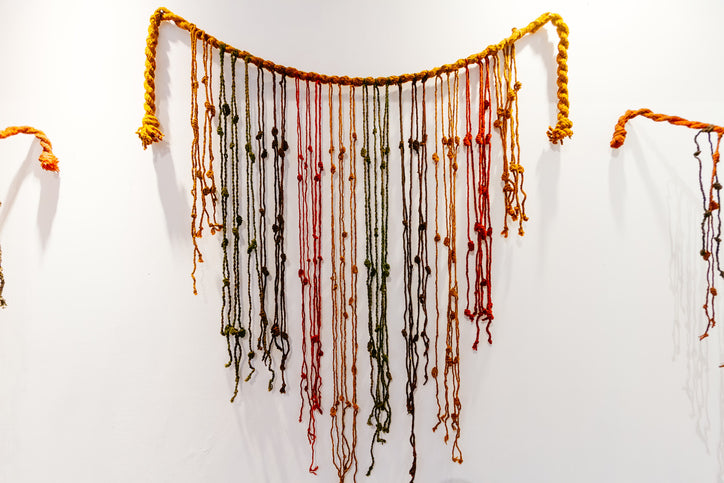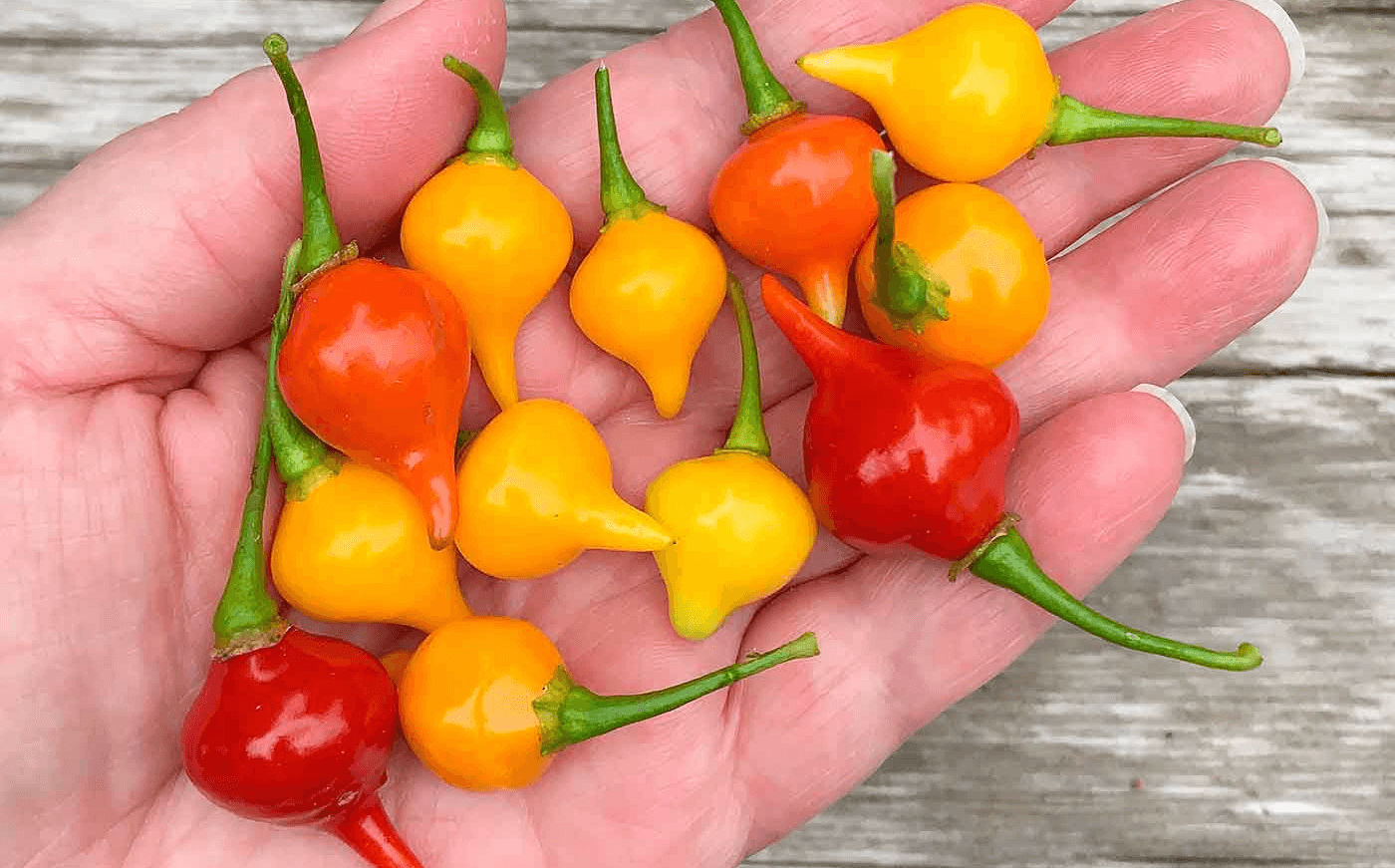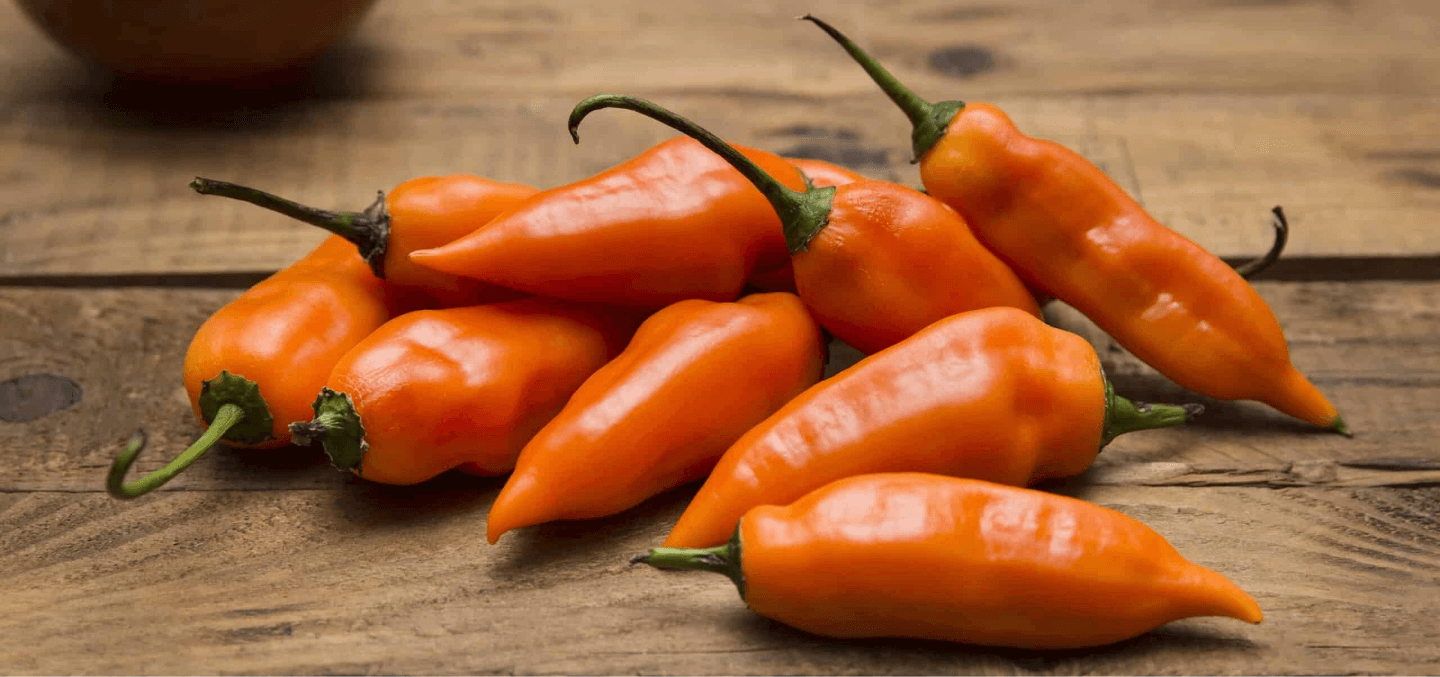Does it ever cross your mind how, long ago, before the development of writing systems, ancient civilizations used distinct means to preserve information and communicate? For the Incas, it was Peruvian rope (Quipu).
It consists of a main cord with hanging knotted strings or threads that vary in color and form. So far, we know the Incas used it to record data.
However, there has been evidence that the language stored in the cords was much more than that.
Deciphering the knots could offer us a new perspective of this civilization.
What Is Peruvian Rope - Quipu?
The word itself (Quipu, sometimes spelled khipu) means “knot” in Quechua. And why Peruvian? Because Peruvian highlands are the cradle of the glorious Incan Empire.
Quipu is used in some parts of Peru even today.

The prototype of Quipu is a horizontal cord that hangs vertical cotton and woolen strings. The number of hanging strings varies, with some larger Quipus having more than a thousand strings.
Also, the strings aren’t uniform. They can be distinguished by multiple factors:
- Length of the strings
- Number of knots they have
- The position of the knots within the string
- The type of knots
- Color fibers that are woven into the knots
At first glance, Quipu might look like an ornamental rope, but its significance extends much further. Especially for those who can read it.
Why Is Quipu Important?
Scholars disagree on whether Quipu was used solely for numerical purposes. It may have contained myths and stories from the Andes, too.
One thing’s for sure - if the latter is true, it would be a breakthrough in everything we know about the Incan Empire.
Numerical Records
Up to this point, it’s certain from the Spanish records that the Incas used Quipu to count and collect data. For instance, they would measure their land, taxes, tributes, cattle, food supplies, and other commodities.

De la Vega states in Royal Commentaries of the Incas that Quipu was an “admirable method of counting everything in the kingdom.”
Masters of Quipu, quipucamayos (also known as khipu kamayuq), were able to memorize and explain a particular Quipu and transfer the knowledge to future generations.
Were they the only keepers of historical accounts, or is there any chance that we could interpret them, too?
The mystery began to unveil when anthropologists noticed that the number of twists could signify tens, hundreds, and so on, fitting in the decimal system within Quipu. At least in theory.
In practice, the revolutionary point was when the numerical readings of Quipu could be matched to Spanish documents listing tribute payers. From there on, more and more regularities have been derived, and the idea has become pretty tangible.
But what about words?
Narrative Records

There have been some signs that the strands contain symbolism much more complex than the numeric information.
Analysis by Sabine Hyland, an American anthropologist, revealed that there were 95 combinations of patterns on the knots. Could they be an equivalent to the alphabetic writing system? Or a symbolic one?
Just like a language system has grammar and vocabulary that combine to produce utterances, the rope could have its own categories - the twist, style, color, and the number of knots that would represent different things.
Another theory is that this is at least partially a tactile writing system, as fibers used in Quipu can be differentiated by touch.
The scientists continue to investigate the rope and knots. The interpretation of these units could be a definitive read to the indigenous history, but we’re still not there yet.
Peruvian Rope - Quipu Today
If you were enthralled with gazing at the past, it’s good to know that there are some instances of Quipu that survived the colonization. There are a couple of hundreds of examples scattered across the world.
If you want to cross the border and step into the lands of ancient Andeans, the Ethnological Museum of Berlin houses the largest collection of Peruvian rope with 298 Quipus. The British Museum stores a Quipu since 1876, although it isn’t on display.
Multiple Quipus can be found in their native locations, including the Larco Museum, the National Museum of Archaeology, Anthropology and History of Peru, and the National University of San Marcos.
Impressively, the use of Quipu has not ceased. In the village of San Cristóbal de Rapaz in Peru, inhabitants still use Quipu for record-keeping.
Final Words on Peruvian Rope (Quipu)
Who would have thought that a rope and knots could change everything we know about the Incan history and culture?
Quipu may be a less known artifact than Machu Picchu, but it’s another testimony to the fact that the Incas have had a civilization more developed than we could imagine.
If modern society manages to crack the code tied into knots, we could have a whole new account of the Inca Empire and their orderly cities!
For now, the Peruvian Rope (Quipu) remains a reservoir of knowledge - huddled, escaping the shadows of forgiveness, determined to preserve the ancient world of the South American continent.





